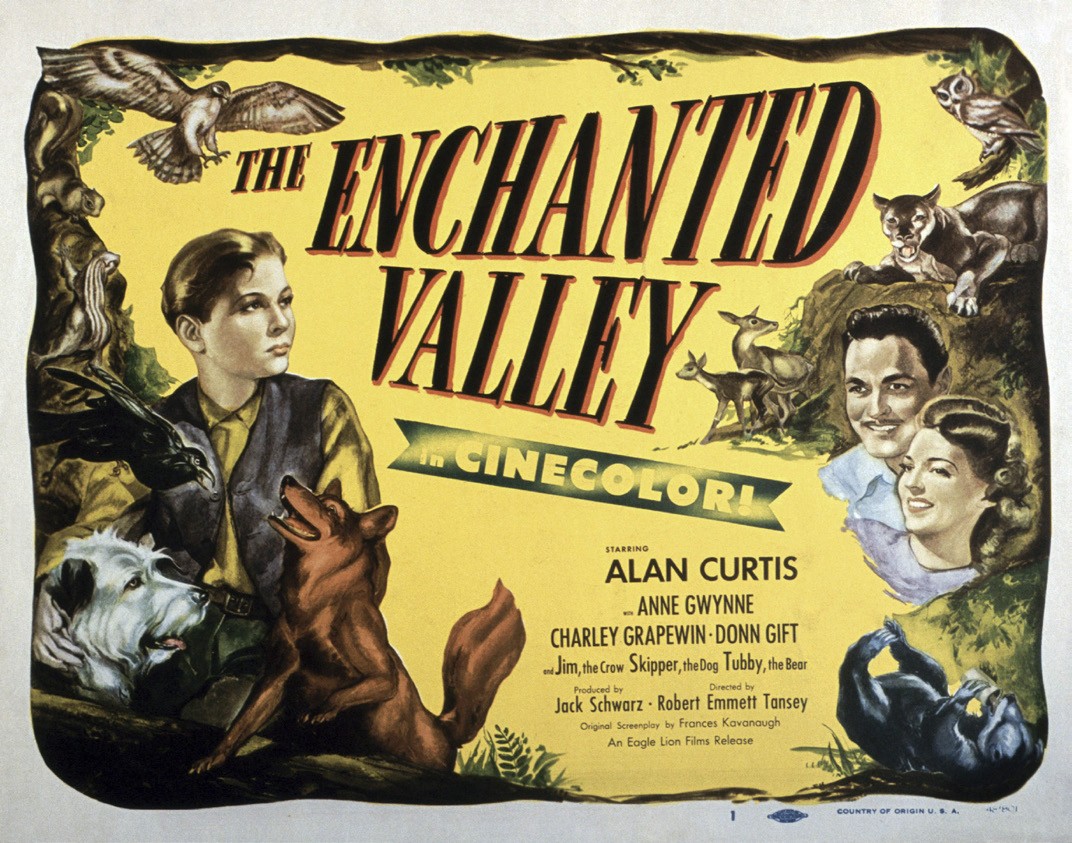STARS CAN BE found in the unlikeliest of places. Marilyn Monroe was noticed at a munitions factory and Haley Joel Osment was scouted in Ikea, but the 20th century’s most prolific actor was discovered on a cactus. In the mid-1930s, ex-cowboy Henry Wagstaff Twiford was walking across the red rust of the Mojave desert when he stumbled upon a baby raven in an abandoned nest. He took him home, named him Jimmy, and reared him on boiled eggs, eggshells, and milk. Over the course of the next two decades, Jimmy became a star that needed no surname, billed alongside Bette Davis and Judy Garland during Hollywood’s Golden Age. Before he died, the raven was said to have appeared in more than 1,000 films.
That is the extent of what most people know about Jimmy — if they’ve heard of him at all. Despite his vast back catalogue, no biopic has ever been made about Jimmy’s life, and his passing was not marked by a single obituary. Who was this feathered thespian? Was he, as some contemporary accounts suggest, a supercilious virtuoso with a roster of unreasonable demands? Or was he in fact simply mischievous, misrepresented — and even misgendered?
Henry Wagstaff Twiford was better known as ‘Curly’ thanks to his mane of tousled hair. A former cowboy and a wounded World War I veteran, Curly ran a gasoline station near Hollywood between the wars. Bored when business was slow, he began training his dog Squeezit to carry parakeets on a stick. One legend has it that a movie executive stopped at the station to fill his tank and, enamoured by the critters, hired Curly to train a squirrel to do a stunt. Less than a decade later, Curly was an in-demand animal trainer capable of getting a lion to lie down next to a baby, but Jimmy the raven was always top dog. Curly said it took him a year-and-a-half to train the bird to “do anything an eight-year-old kid can”. Jimmy could type out his own name on a typewriter, pick flowers, open a zipper, unlock a padlock, turn magazine pages, and deal a hand of poker. Arguably, he could do more than most eight-year-olds, as he was also able to light a cigarette, fly backwards and ride upon a miniature motorcycle.


The avian auteur made his Hollywood debut in Frank Capra’s 1938 romcom You Can’t Take It With You, about a rich man who falls in love with a woman from a family of eccentrics (hence their pet raven). Jimmy was filmed helping to manufacture illegal fireworks and letting out the occasional “caw”. Co-star Jimmy Stewart described him as “the smartest actor on the set”, adding that, “They don’t have to make as many re-takes for him as for the rest of us.”
Perhaps because of this, Capra became a big fan of the bird — he began offering Jimmy a role in most of his movies, even writing the raven into the script of the 1946 Christmas classic It’s A Wonderful Life. “Capra don’t want no inexperienced boids in the pictures,” Curly succinctly said. By the 1940s, studios were allegedly paying Jimmy $500 a week for his services, and Twiford netted another $200 on top. Adjusted for inflation, this $700 weekly fee would be worth almost $9,000 (£7,400) today. Still, fortune was hardly the most remarkable thing Jimmy found during the war. While the bird’s bank balance grew, so did his brain. By 1948, Jimmy could talk.